Unmanned systems like drones significantly change the way ocean conservation scientists collect data, monitor species and protect the ocean.
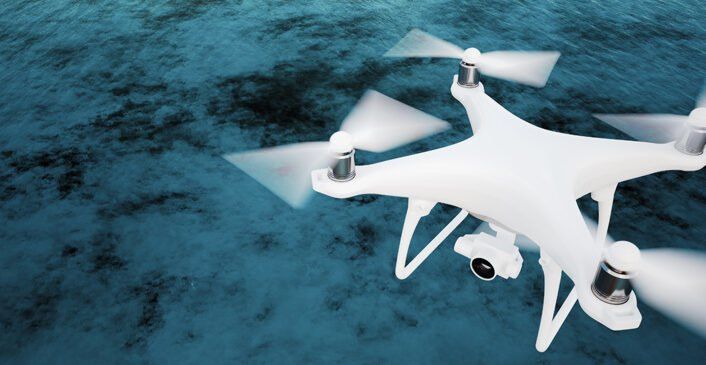

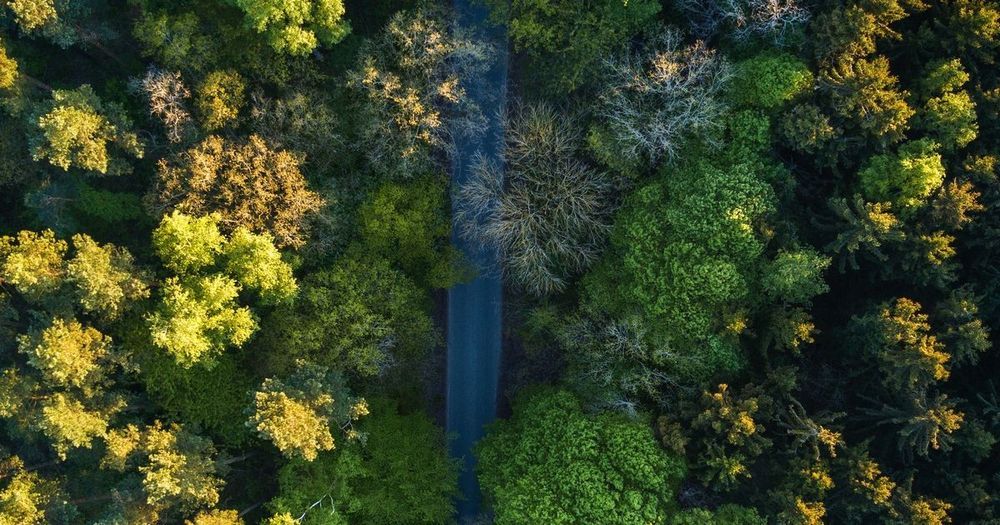
Climate change is a sprawling, complex problem. But there is an astonishingly simple way to make a difference: plant more trees. Trees scrub pollution from the air, reduce erosion, improve water quality, provide homes for animals and insects, and enhance our lives in countless other ways.
It turns out that ecosystem restoration is also an emerging business opportunity. A new report from the World Resources Institute and the Nature Conservancy says governments around the world have committed to reviving nearly 400 million acres of wilderness — an area larger than South Africa. As countries push to regrow forests, startups are dreaming up new, faster ways to plant trees. For some innovators, like NASA veteran Dr. Lauren Fletcher, that means using drones.
Fletcher said his conversion from stargazer to eco-warrior was driven by his worry about climate change, which has been dramatically worsened by deforestation. To tackle the problem, he created BioCarbon Engineering, which he describes as an ecosystem restoration company. Working with colleagues, he came up with a 30-pound unmanned aerial vehicle nicknamed “Robin.” It can fly over the most rugged landscapes on earth, planting trees in precise locations at the rate of 120 per minute.

Unmanned systems’ global inroads are including European agriculture. GNSS for precision guidance of tractors and harvesters is already in place. More recent innovations include fully driverless and smart systems, while drones remain poised to fly.
The experience of one Dutch company is instructive. Precision Makers is an up-and- coming manufacturer of automated farm systems. The company delivers two main products. One, a conversion kit called X-Pert, turns existing mowers and tractors into driverless machines. The other is a fully robotized, unmanned vehicle called Greenbot. Both systems enable automated precision operations, but while one has been successful in terms of sales, the other has not.
Precision Makers Business Development Director, Allard Martinet, told Inside Unmanned Systems, “Sales of our X-Pert conversion system have been very good. We started in 2008, first converting the Toro golf course mower, and then we expanded that into solutions for other vehicles. Today, there are more than 150 X-Pert converted vehicles running.”
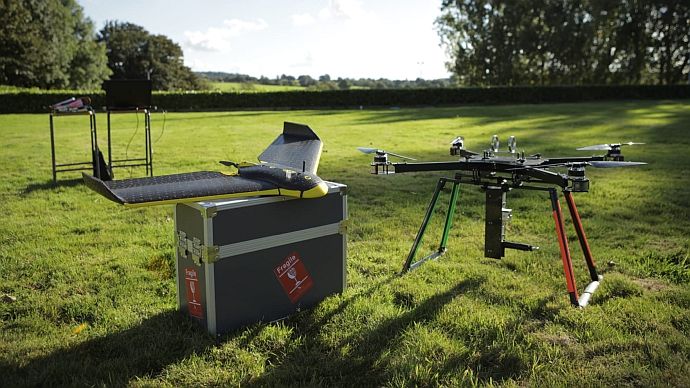
Sure, it’ll be great when a drone can drop off your Amazon Prime goodies or 7-Eleven snacks just minutes after you order them… but it’ll be even better when they help regrow millions of trees.
That’s what U.K.-based BioCarbon Engineering has set out to do. The company has been developing a high-tech system that uses drones to replant deforested areas — even in areas where planting wouldn’t be feasible using older methods.
BioCarbon’s system utilizes drones for two separate stages of the process. First, they’re sent into the target area to create a detailed, three-dimensional map. Once they’ve completed that step, the planting drones return to the site to do their thing.

Meet the UDrone: a clever quadcopter that you can control with your thoughts or simple hand gestures. You can activate its camera by blinking or making the “V” hand gesture. The drone has subject & facial tracking, 3 adjustable speed settings, and an auto-flight control system.
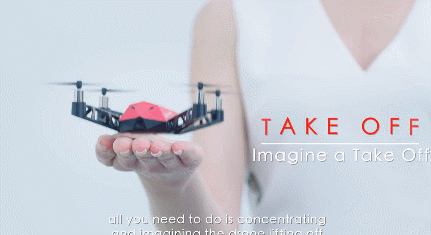
The UDrone is easy to use: simply imagine it taking off and once you are concentrated enough, the drone will take off. It has mobile app control too.
A Kickstarter campaign is launching on Tuesday for a drone you control with your mind.
The mind-controlled drone is the work EEGSmart, a Chinese company focused on the development of brain-machine interface (BMI) technology — and according to New Atlas writer Loz Blain, who got a chance to test the device, “It’s not perfect, but it does give a glimpse of a mind-controlled future.”

Rwanda’s advancements on the technological front have been dazzling, with that enviable touch of innovation. Ever since deliveries of health supplies through drones commenced in 2016, the stats have been phenomenal.
To date, over 10,000 health supply deliveries have been completed and this is such a huge feat. Medical drones were launched in October 2016, in partnership with #Zipline Inc. Rwanda is the first country on the continent, and in the world to have such services in the health sector. Such monumental success easily makes Rwanda’s healthcare system among the best in Africa.
Rwanda has completed over 10,000 deliveries of health supplies by medical drones.
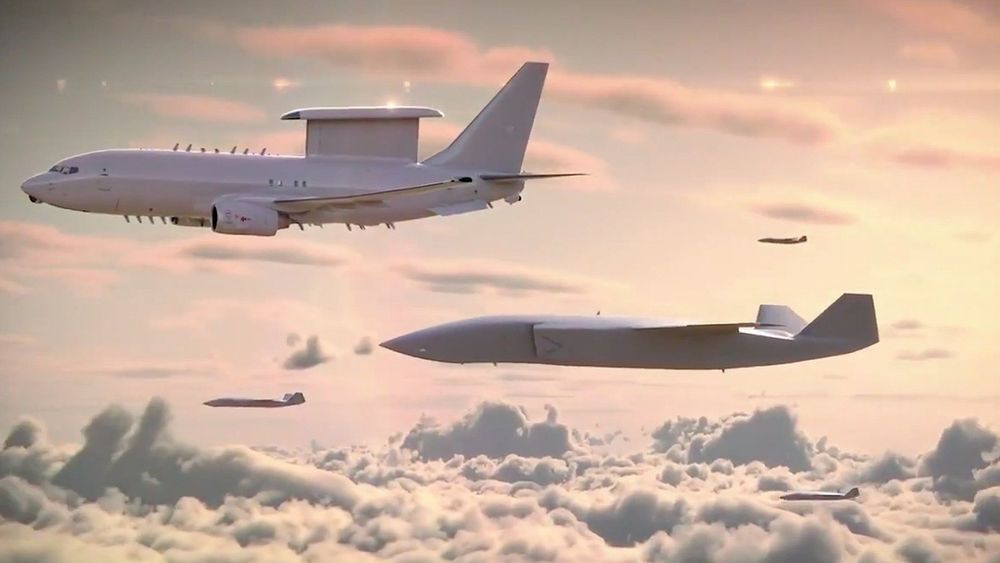
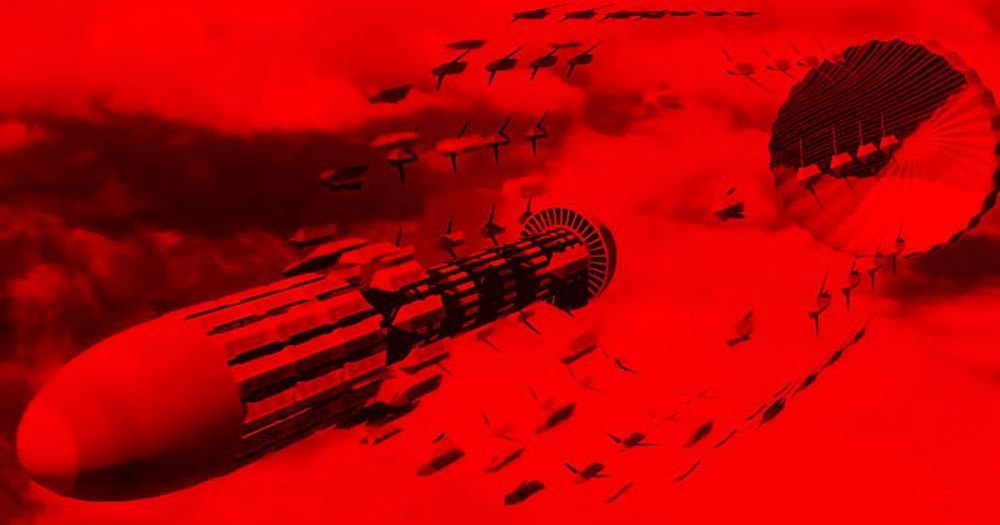
A swarm of 150 drones buzzed over Maroon 5 singer Adam Levine’s head during this year’s Super Bowl half time show, spelling out the words “One Love.”
It was a dazzling display of drone technology — and military developers in the United States and United Kingdom are increasingly interested in using something similar, but with a very different goal in mind: to surround enemy aircraft, confusing them and forcing them out of the sky.
